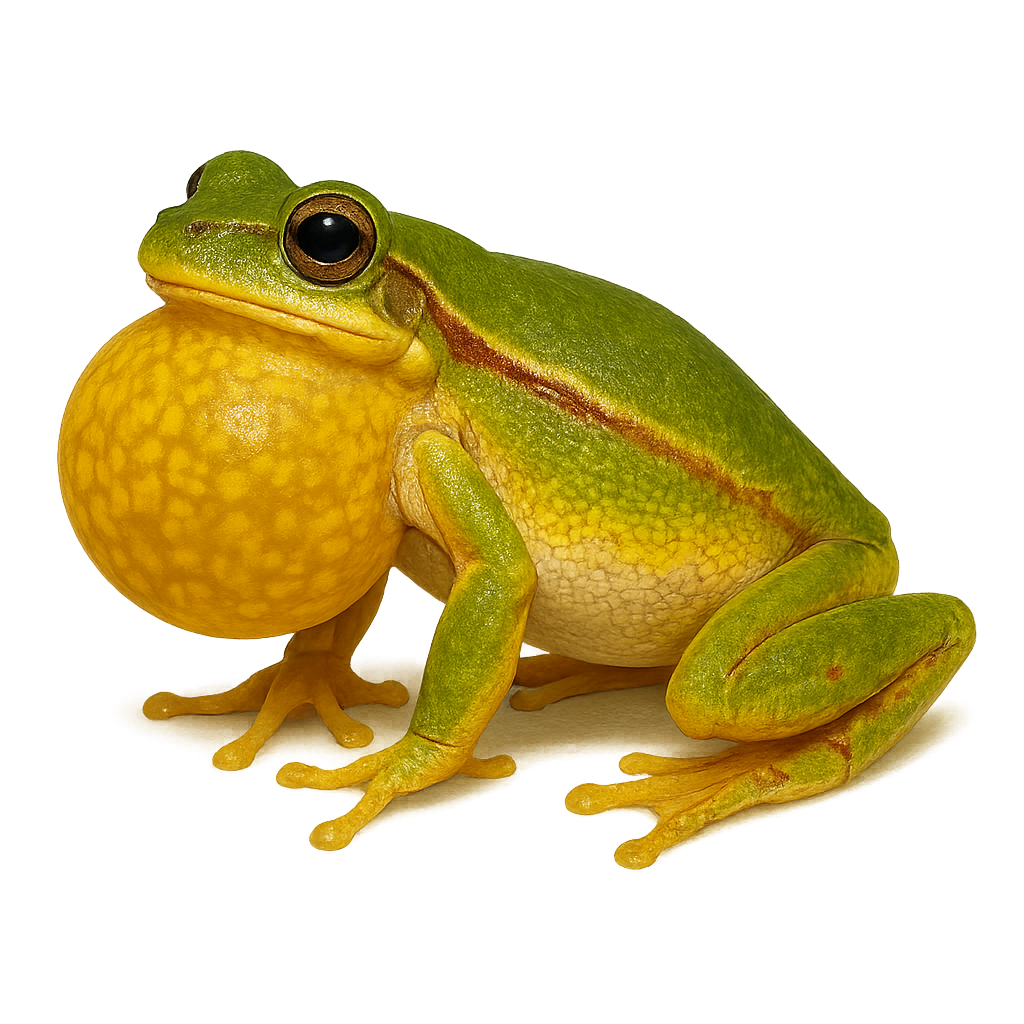Your wildlife photography guide.
Explore the elegant tree frog in detail, study its behavior, prepare your shots.
Where to observe and photograph the elegant tree frog in the wild
Learn where and when to spot the elegant tree frog in the wild, how to identify the species based on distinctive features, and what natural environments it inhabits. The WildlifePhotographer app offers tailored photography tips that reflect the elegant tree frog’s behavior, helping you capture better wildlife images. Explore the full species profile for key information including description, habitat, active periods, and approach techniques.
Elegant Tree Frog
Scientific name: Boana pulchella

IUCN Status: Least concern
Family: HYLIDAE
Group: Amphibians
Sensitivity to human approach: Suspicious
Minimum approach distance: 2 m
Reproduction period: N/A
Incubation: N/A
Births: N/A
Habitat:
Tropical forests, subtropical forests, wetlands
Activity period :
Mainly active at night, generally discreet during the day.
Identification and description:
The Boana pulchella, commonly known as the Elegant Tree Frog, is a species of amphibian in the Hylidae family. It is primarily found in South America, particularly in Argentina, Brazil, and Uruguay. This frog is recognizable by its smooth skin and vibrant colors, usually green with shades of yellow and brown. It measures about 3 to 5 cm in length. The Boana pulchella is an arboreal species that prefers humid habitats, such as tropical and subtropical forests. It is mainly active at night, feeding on insects and other small invertebrates. Although its conservation status is currently "least concern," it is threatened by the loss of its natural habitat due to deforestation and urbanization.
Recommended lens:
Macro – adjust based on distance, desired framing (portrait or habitat), and approach conditions.
Photography tips:
To photograph the Elegant Tree Frog, it is advisable to use a macro lens to capture the details of its skin and vibrant colors. Focus on nighttime shots, as this species is mainly active at night. Use soft lighting to avoid startling the animal and to highlight its natural hues. Be patient and discreet to avoid disturbing its natural behavior. Finally, make sure to respect its habitat by avoiding trampling the surrounding vegetation.
The WildlifePhotographer App is coming soon!
Be the first to explore the best nature spots, track rutting seasons, log your observations, and observe more wildlife.
Already 1 432 wildlife lovers subscribed worldwide

